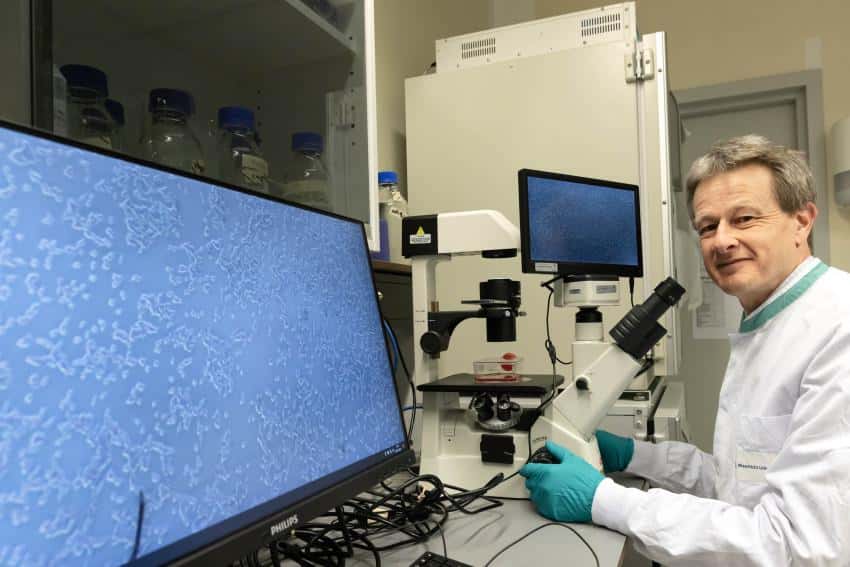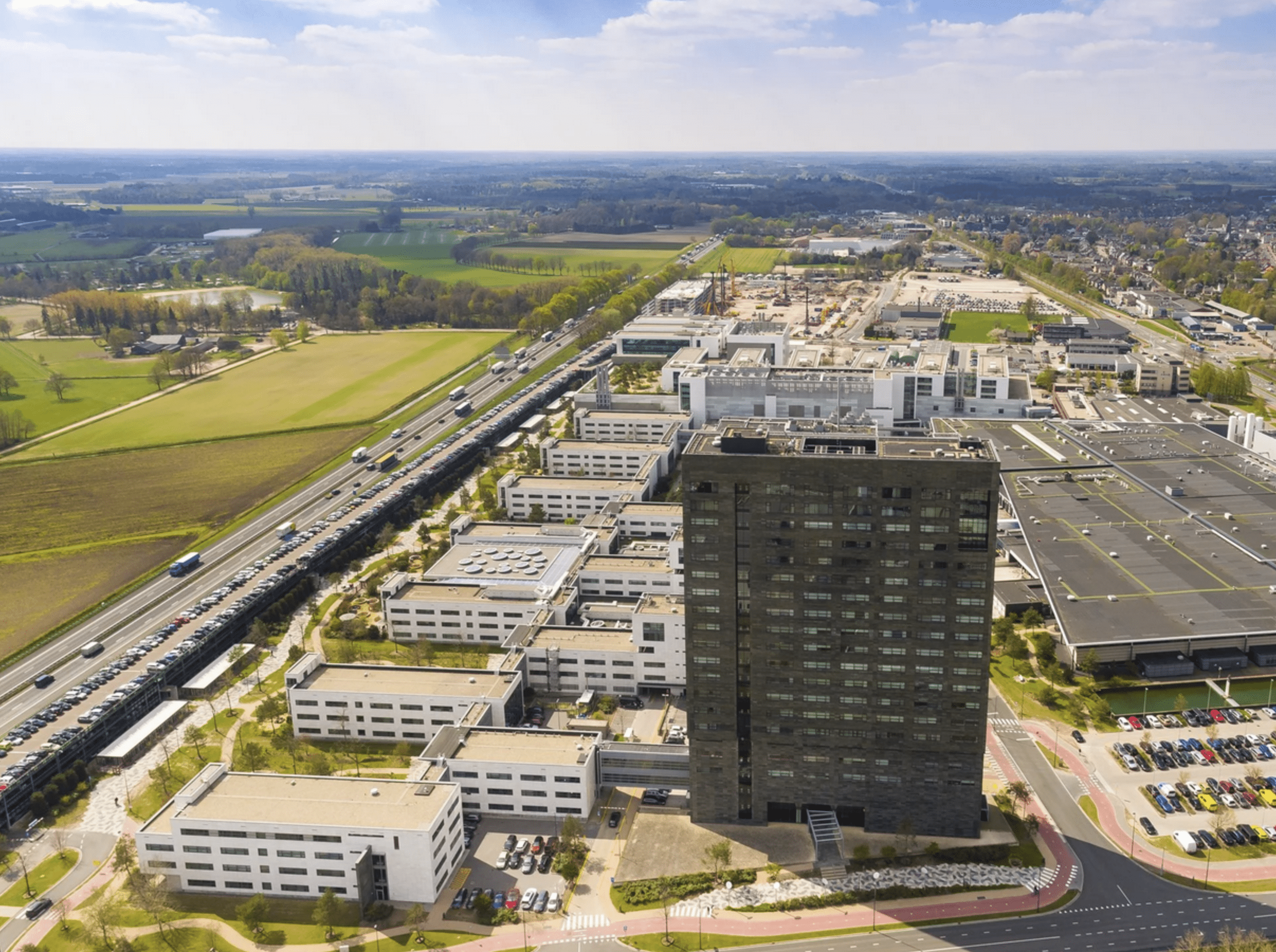
There is a dilemma in the debate surrounding animal testing in the Netherlands and the European Union. On the one hand, there is a call from society, politicians, and the sector itself to reduce animal testing and develop alternatives. On the other hand, we also want medical progress and safety for consumers, animals, and the environment, in which animal testing is still indispensable.
- More than 1.2 million endorsements call for an immediate ban on animal testing in the EU;
- This raises doubts among the research community and industry about short-term feasibility;
- Despite technological advances such as organ-on-a-chip and AI, animal testing remains essential;
- Political support is crucial for accelerating the transition to animal-free research.
“Biomedical and toxicological research should get much more attention. It’s where much of the current knowledge about diseases comes from. And where answers are sought to all the questions we still have about Alzheimer’s and Parkinson’s, for example. Why do some get sick and others don’t?” begins Cyrille Krul, lecturer at the Hogeschool Utrecht (HU) and a specialist in alternatives to animal testing.
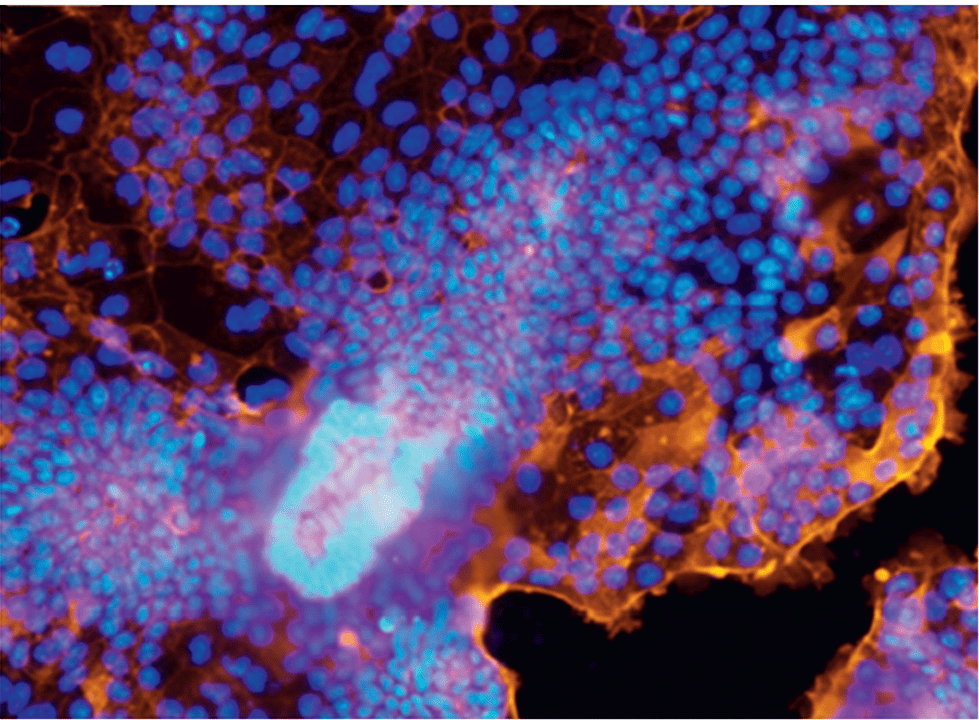
We agreed to meet at the HU’s Innovative Testing in Life Sciences & Chemistry electorate laboratory. Here, people are working hard to develop alternatives to animal testing, like the photo on the right illustrates. It’s an enlarged image of a 2D cultured small intestine organoid. Different types of intestinal cells can be made visible in the cultured organoid, and researchers can track how these cells respond to substances and drugs.
Also joining, is Manon Beekhuijzen, head of Toxicology Operations at Charles River Laboratories, the Netherlands’ most prominent safety research institute. The two women have a shared mission: to do the best possible research with as few laboratory animals as possible. Krul is from a research and education perspective, and Beekhuijzen is from the industry that conducts safety research on behalf of consumers, animals, and the environment.
The mission is a complex one. Despite technological advances such as organ-on-a-chip and AI, animal testing is still indispensable in specific research areas and in developing new drugs. Moreover, there is sometimes a need for more confidence among regulatory agencies in the alternative methods found, as alternative methods must be able to vouch for efficacy and safety. This complicates the transition to non-animal innovation.
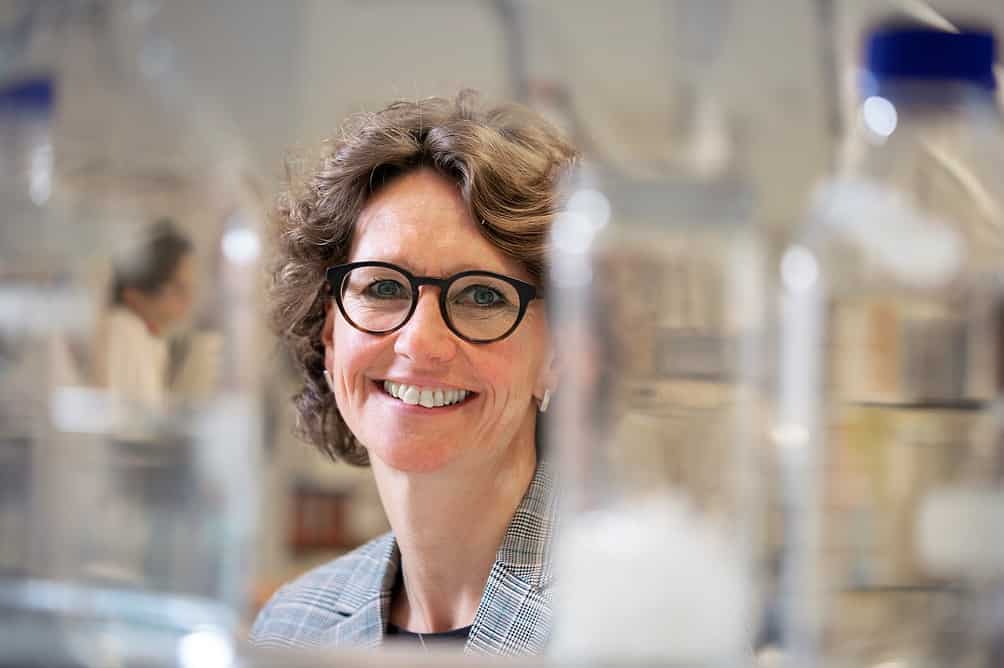
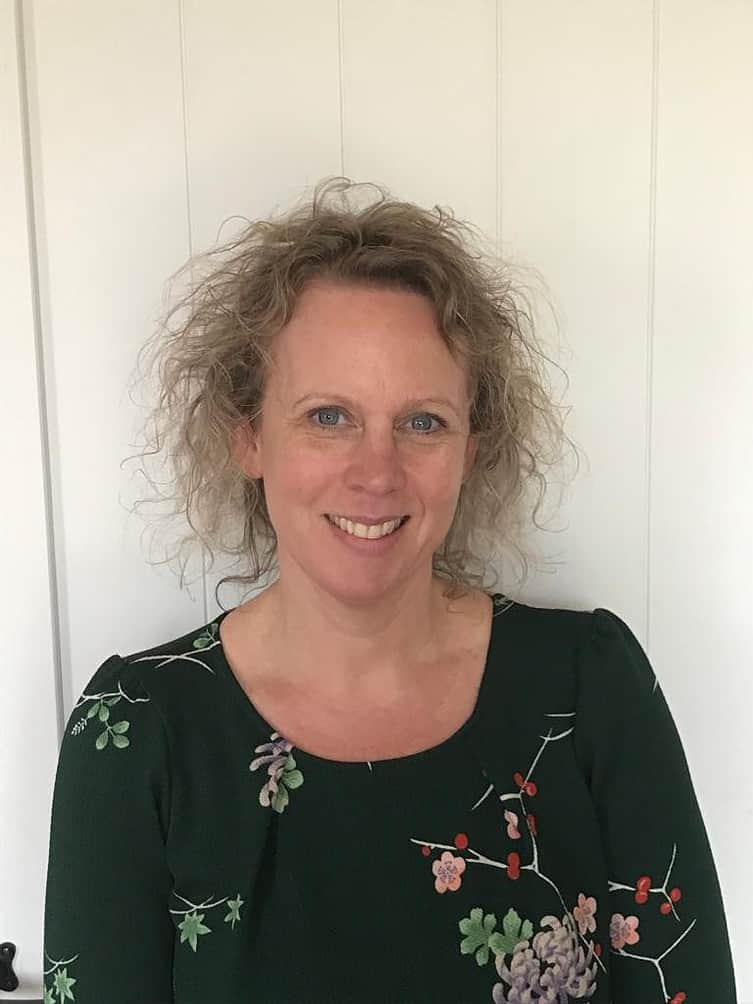
Cyrille Krul
Krul studied health sciences in Maastricht but soon discovered she did not want to make people better but to understand why they get sick. She earned her doctorate in Toxicology at Utrecht University.
Krul found her passion in genetic toxicology, which involves a lot of work with (alternatives to) animal testing, and did research at TNO for years.
In 2017, she made the final transition to Hogeschool Utrecht. She is the lector of Innovative Testing in Life Sciences and Chemistry and head of the HU Knowledge Center for Healthy and Sustainable Living.
“Ultimately, it’s about the people who have to do it. Here, I can ensure we train professionals who understand how things can be done differently.”
She was also vice chair of the ZonMw program committee MKMD (“More knowledge with fewer animals”).
Manon Beekhuijzen
Beekhuijzen studied medical biology in Utrecht and toxicology at the University of Surrey (England).
“I always wanted to be a researcher. When I was eight, I asked for a microscope for St. Nicholas.”
24 years ago, she started as a project leader in the DART department at Charles River Laboratories. DART stands for Developmental and Reproductive Toxicology.
In 2018, Beekhuijzen earned her PhD in introducing the 3Rs (reduction, refinement, and replacement) in DART testing. Nine years ago, she became manager of the project leaders. Since the beginning of this year, she has managed all laboratories there, and her group consists of 185 people.
In addition, she was president of the European Teratology Society (ETS) and is on the board of EUROTOX (European Toxicology Association).
The state of animal testing in the Netherlands
In 2021, 477,970 animal experiments were carried out in the Netherlands, up from 2020 (448,798). Over the past decade, the number of animal experiments remained roughly the same. It indicates that animal testing still plays a significant role in scientific research despite the ambition to use fewer animals. According to Krul, this mainly reflects the complexity. “We’ve had quick wins, such as banning animal testing for cosmetics. But validating new alternatives is an intensive, complex process requiring much research.”
DRAIZE-test
The life’s work of Menk Prinsen (TNO) illustrates the unwieldiness of this process well. He devised an alternative to the non-animal-friendly Draize test in the 1980s. In these animal tests, the extent to which substances irritate the eyes is tested on live rabbits.
Prinsen discovered that these effects could also be properly measured on the eyes of dead chickens from the slaughterhouse. He continued to lobby for including his animal-friendly test in the guidelines, but the Organization for Economic Cooperation and Development (OECD) concluded that the results needed to be closer. The Draize test – devised in 1944 – was considered the gold standard. Finally, the test was approved in 2009 for strong-irritants and in 2013 for non-irritants.
Politics: big ambitions, but (too) little interest
In 2017, then-Secretary of State Martijn van Dam expressed the ambition for the Netherlands to lead animal-free innovation by 2025. Beekhuijzen and Krul are satisfied with Dutch efforts in this field but also see that the Netherlands cannot organize this alone; it must be an international effort.
Beekhuijzen: “During a specially scheduled parliamentary debate on alternatives to animal testing earlier this year, only three parties were present. It is low on the political agenda. The knowledge is there; in my experience, the academy and industry are making maximum efforts. However, the role of politics and the necessary funding for science in the transition to animal-free alternatives is crucial. Then, The Hague must understand what is happening before a plenary vote.
Outdated gold standard
“Translating animal testing to humans is a challenge. We have cured a lot of rats and mice from cancer, but that does not translate one-to-one to humans,” Beekhuijzen said. She believes humans must become the focus rather than animals. “For a very long time, information about animals was the only information we had. That hasn’t been the case for a long time.”
Take the pharmaceutical industry, where there has been a shift from small molecules (small molecules) to biological drugs (biologics). Treatments can also be increasingly tailored to a patient’s characteristics.
Small molecules VS biologics
Small molecule drugs include chemically synthetic compounds with a relatively simple molecular structure, such as paracetamol. Biological drugs (biologics) are based on more complex molecules, such as proteins and antibodies. This type of drug offers opportunities to treat complex diseases such as cancer and autoimmune diseases.
Beekhuijzen: “So we are forced to do our work differently. The more advanced the drugs, the more difficult the translation from an animal to a human becomes. With that science, you must decide that the rat as the gold standard no longer works.”
There are many alternatives. Examples include microchips, artificial intelligence (AI), data science, and organoids. Authorities need to ensure the safety of drugs and chemicals for consumers. Beekhuijzen: “With them, science and industry coordinate the die-test-free transition within those safety guarantees. In doing so, we must avoid the idea that things can stay the way we’ve always done them.
“It is often thought that we can guarantee one hundred percent safety with animal testing. We can’t. Few people realize that. We have to realize that we have to start looking at the results of experiments differently. The outcomes of alternative models are different from animal experiments, and that too does not provide a hundred percent guarantee of safety,” Krul adds.
Technological alternatives
Technological developments are promising. For example, Beekhuijzen sees more and more researchers and companies using organ-on-chip as a replacement for an animal model for safety testing. Also, using control groups based on a multitude of historical, digital data can significantly reduce the use of animals. Charles River is fully committed to this and continues to expand its data center. The company collaborated on an alternative to skin adsorption studies, which has been deployed as a standard after EU validation and eliminates the use of animal testing for this particular study. Seventy-five percent of Charles River’s safety studies no longer involve laboratory animals.
For example, the company works with the HU on the Virtual Human Platform, using AI to link available data, in vitro experiments, and computer models. The HU, UU-UMC Utrecht, and other partners are also busy securing a €125 million grant from the National Growth Fund once and for all. They want to set up a Center for Experiment-Free Biomedical Translational Research with the money to accelerate the transition to experiment-free research in the coming decade.
The cultivation of organoids, so-called 3D mini-organs, and the provision of human residual tissue after operations (vital tissue) are also promising developments that help understand how people respond to drugs.
Everyone – researchers, consumers, companies, and authorities – needs to have more confidence in all these innovations. “We desperately need the support of politicians because ultimately they will change the laws and regulations to animal-free,” Beekhuijzen said. Both researchers saw the field change from primarily animal research to one that combines biology, technology, medicine, and computer science during their careers. “It’s great to see everyone getting off their little island more and more. The Hague is crucial in this, so we must keep talking to get animal testing higher and realistically on their agenda. Because only together can we make a difference,” Krul concludes.
